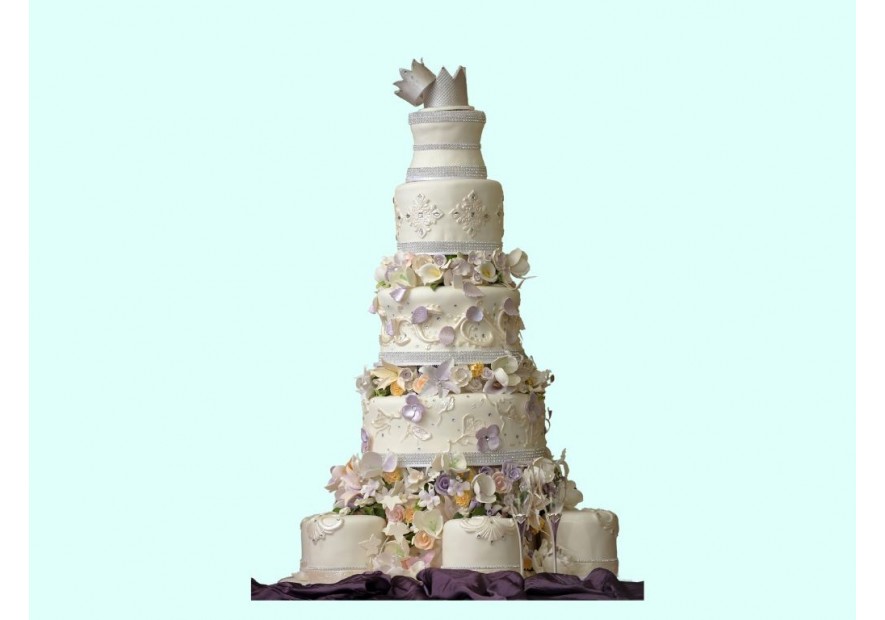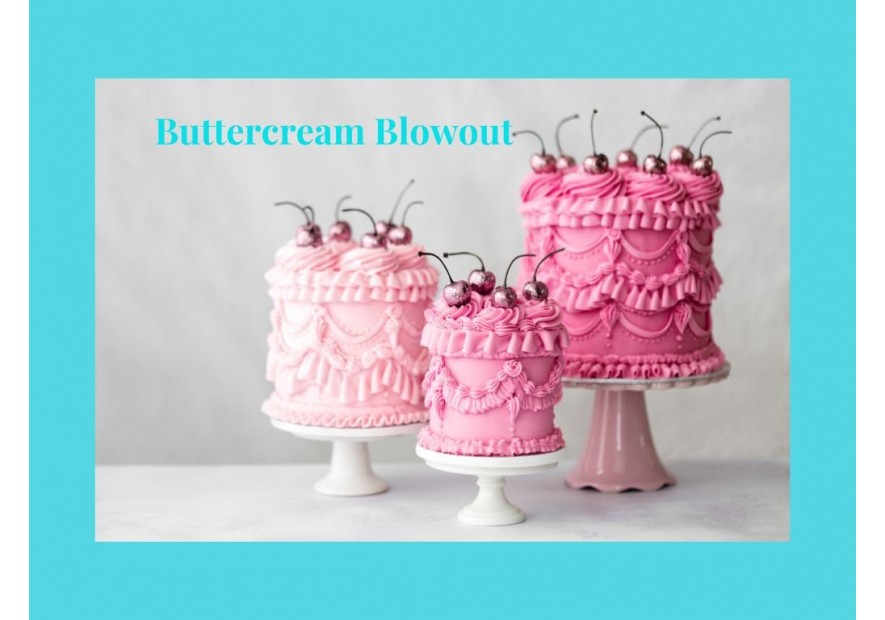Buttercream tips

-
Chill Your Cake: After filling and stacking your cake layers, refrigerate it for some time (usually 30 minutes to an hour) before applying the final layer of frosting or fondant. Chilling firms up the buttercream, reducing the likelihood of bulging.
-
Use a Crusting Buttercream: Crusting buttercream forms a firm surface when exposed to air, reducing the risk of bulging. Ensure your buttercream recipe crusts well by using ingredients like shortening or powdered sugar.
-
Apply a Thin Layer of Buttercream: Spread a thin, even layer of buttercream over the cake before adding the final layer. This acts as a barrier, preventing air bubbles and moisture from seeping into the fondant or outer layer of frosting.
-
Avoid Overfilling: Be cautious not to overfill your cake layers with buttercream. A thin, even layer of filling is usually sufficient. Too much filling can put excess pressure on the cake, causing bulges.
-
Smooth Edges: Level your cake layers and ensure the edges are straight and even. This helps create a stable base for frosting and fondant application, reducing the chances of bulging.
-
Use a Cake Dam: Apply a buttercream dam around the edge of each layer before adding filling. This dam acts as a barrier, preventing filling from seeping out and causing bulges.
-
Let the Cake Settle: After filling and stacking the cake layers, allow the cake to settle for a few hours or overnight. This allows any air trapped between layers to escape, reducing the risk of bulging.
-
Cover the Cake Carefully: When applying fondant or the final layer of frosting, work carefully and slowly to avoid trapping air bubbles. Smooth the fondant or frosting gently over the cake, starting from the top and gradually working your way down the sides.
-
Trim Excess Buttercream: If you notice bulging after covering the cake, gently trim away the excess buttercream using a sharp knife or offset spatula before applying fondant or additional decorations.
By following these techniques, you can minimize the risk of experiencing a buttercream blowout and achieve smooth, professional-looking cakes.



Leave a comment